Description
This MAX30102 Heart Rate Oxygen Pulse Breakout Sensor Module For Arduino was designed as an integrated pulse oximeter and heart-rate monitor sensor solution. This module functions as an optical sensor that derives its readings from emitting two wavelengths of light from two LEDs – a red and an infrared one. This module includes an Integrated LED, Photo Sensor, and High-Performance Analog Front –End. The absorbance of pulsing blood is measured through a photodetector. This particular LED colour combination is optimized for reading the data through the tip of one’s finger. Thus, this module can be completely configurable through software registers. And the digital output data is stored in a 16-deep FIFO within the device. Moreover, it has an I2C digital interface to communicate with a host microcontroller. This heart rate oximetry module is defined as an upgraded version of the MAX30100 used to measure heart rate oximetry on the wrist.
The pulse oximetry subsystem in MAX30102 features ambient light cancellation (ALC), 16-bit sigma-delta ADC, and a proprietary discrete-time filter. It operates in ultra-low-power which makes it the perfect device for battery-operated systems. MAX30100 operates at a voltage range of 1.8 to 3.3V. Hence, powered down through software with negligible standby current, permitting the power supply to remain connected at all times. This module offers a wide range of applications such as wearable devices, fitness assistant devices, medical monitoring devices, etc.
MAX30102 works on 3.3V devices directly. So it can be easily connected to 3.3V devices like ESP8266, ESP32, etc directly. In order to operate with the Arduino UNO, Mega, Nano, etc, a level shifter is used in between. Otherwise, I2C connection will not work.

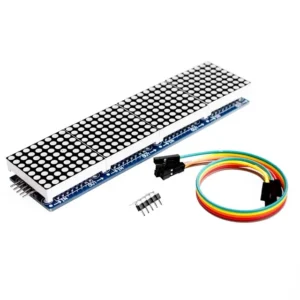
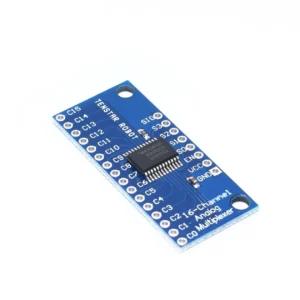
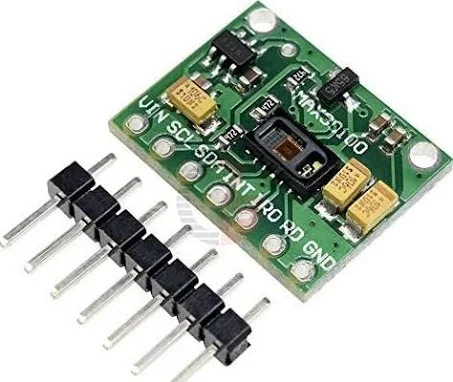
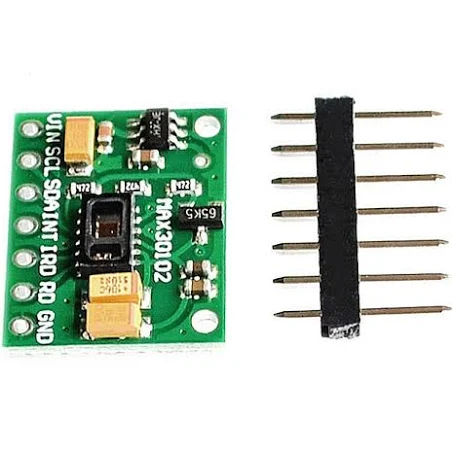


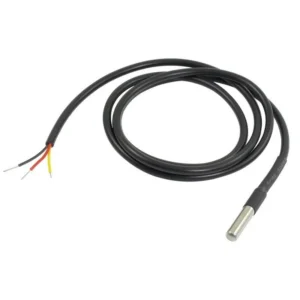
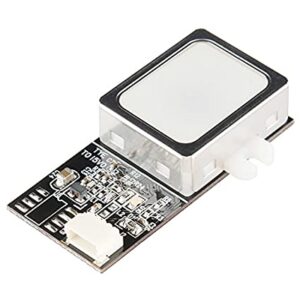

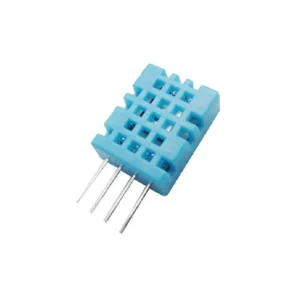
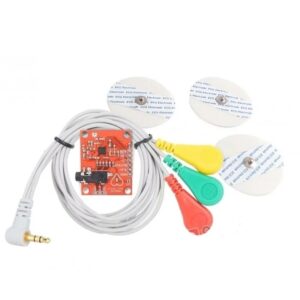
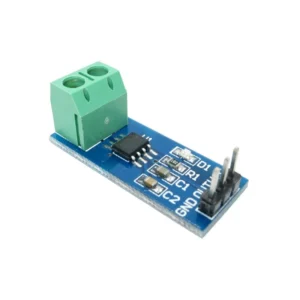
Reviews
There are no reviews yet.